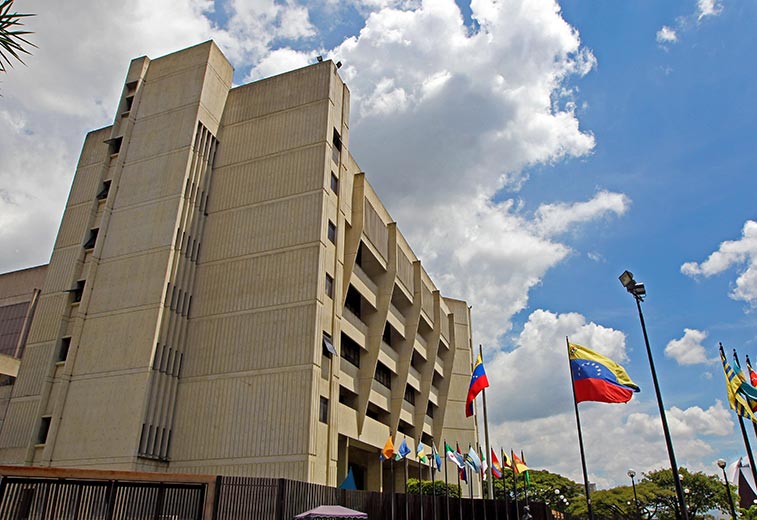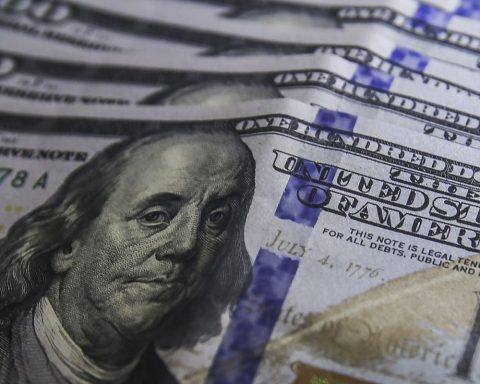The Extra virgin olive oil production in Uruguay continues in a consolidation phaseafter the dynamism that took place since the beginning of this century, with the aim of producing very high quality products for the domestic market and the export.
In the country there are 160 olive producersnails on 6,000 effective hectares dedicated to cultivationthere is 26 mills and in the last year with definitive data 1,800 tons were harvested.
In the last commercial year of the sector, sales abroad were 530 tons and implied income of US$ 2.4 million.
These data were reported by the Ministry of Livestock, Agriculture and Fisheries (MGAP, after the launch of the 2023 national olive harvest, held on Friday the 21st in Casupá, Florida.
MGAP
Nicolás Chiesa, director of the Farm at MGAP.
Lots of room to grow
After the activity, Nicolás Chiesa, director of the General Directorate of Farms (Digegra) of the MGAP, told The Observer: “It is our intention to support the sector, we understand that has enormous growth potential. In the domestic market already today, 40% of the consumption of olive oil is with Uruguayan production. Europe has consumption levels of 20 liters per capita per year, Greece is even at 30 liters, while Uruguay is at only half a liter. There is enormous potential for growth in the Uruguayan consumer, which is why we are leveraging this sector”.
Uruguay is characterized, he added, “not for producing large volumes, but for a very high quality and that is the objective, a production with a lot of added value in Uruguay“, with an export product that is highly regarded in different markets, such as Brazil, the United States and Japan, for example.
“We want to help in that (in exports), but mainly, in a first stage, in the domestic market and that will result in changing the use of imported oil for the national one,” he added, also pointing out the virtues that oil from olive owns.
The activity –organized by the Uruguayan Olive Association (Asolur)– was accompanied, in addition to Chiesa, by the undersecretary of the Ministry of Tourism, Remo Monzeglio; the mayor of Florida, Guillermo López; and other national and departmental authorities.
Chiesa ratified the support of the MGAP for the growth of the item and recalled the incorporation of olive oil as a healthy product in the campaign to promote the consumption of seasonal fruits and vegetables called “Smart List”.
He also explained about the product processing certifications that the MGAP is carrying out.

MGAP
National olive production.
the olive farmer It is one of the main horticultural items in extension and a sector with synergies and complementarities with other agricultural activities (mainly livestock and forestry) and with tourism.
Uruguay has a network of oil mills, technologically modern and with packaging plants, with its own production of olives and which have increased the provision of services to façon, in a vertically integrated industry.

MGAP
Activity in one of the mills in Uruguay.
In 2021 the harvest reached almost 2,000 tons, based on data from the Department of Agricultural Statistics (DIEA) of the ministry. Industry informants indicated that 2022 was a good campaignwith a somewhat lower production, equally auspicious given that the sector usually presents strong variations in production from one year to the next.
The Uruguayan olive sector still has a high proportion of young forests and growth in production is expected in the medium term, a situation that could strengthen export growth.

MGAP
Launch of the harvest of the new harvest.
More and more weight in the market
The national production has strong competition from imported products, but it has managed to carve out a place in the domestic market: 40% of internal consumption is provided by local oilwith very notable growth in recent years and room to continue growing.
Changes in consumer behavior oriented towards healthier, natural, safe and high-quality foods offer possibilities for further development of the sector in the future.
In addition, An export trend has been consolidating that has great future potential.
Uruguay’s exports are made up solely of extra virgin olive oil. The volume exported from year to year varies depending fundamentally on national production.
In the commercial year of the sector (from April to March of the following year), a substantial increase in both the volume and the value exported is observed as a trend.
Between April 2022 and March 2023, foreign sales were 530 tons, and implied revenues of US$ 2.4 million.with a stability in the volume sold compared to the previous business year and, as a result of a rise in placement prices, a 10% increase in marketed value.
As for the destinations, last season Brazil was positioned as the main market according to the value exportedwhich represented almost half of the sales, followed by Spain, which in value represented 32% of revenueswhich is the main market in terms of volume, but with prices significantly below the average.
Other destinations where oil is placed year after year are: Argentina, the United States and Paraguay.

MGAP
Visit to the facilities in the farm and industrial complex.
Uruguay is a full member of the International Olive Council (IOC), the country has three laboratories approved by the IOC (two from the Faculty of Chemistry and one from LATU) and there is the Mesa de Olivos, a meeting space for actors linked to the sector olive growing (public, private and academy).

















